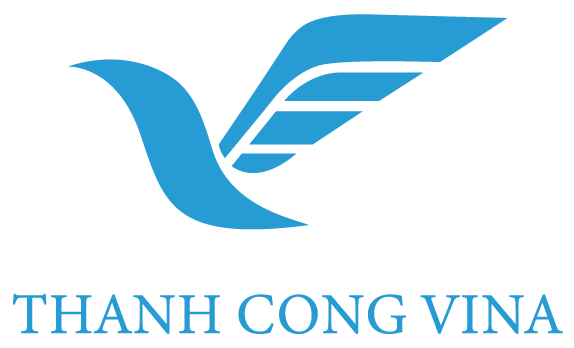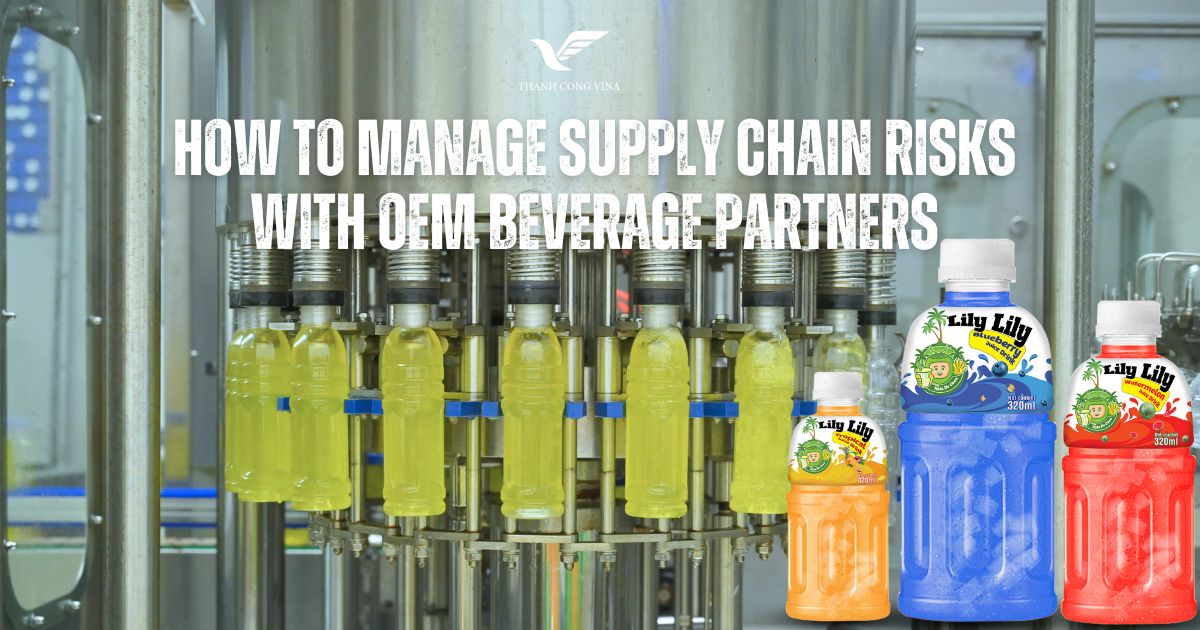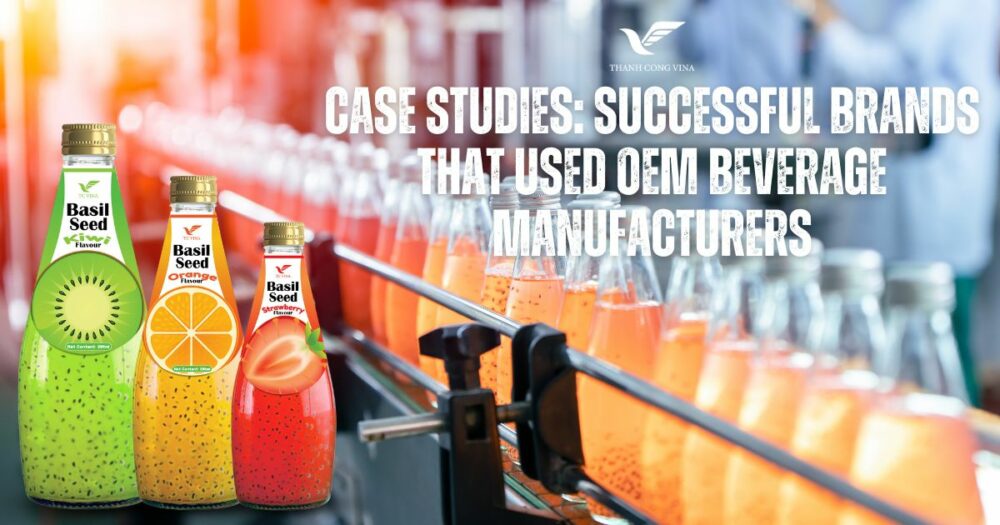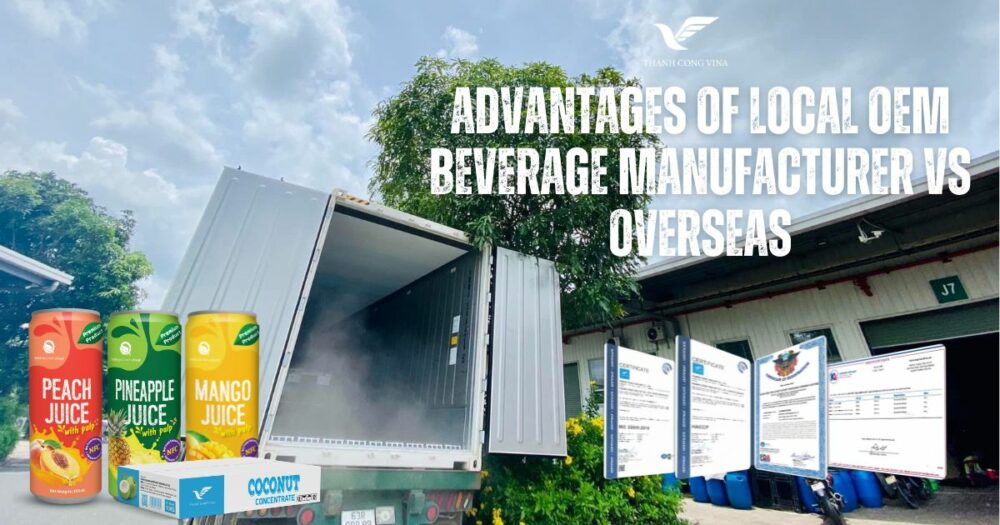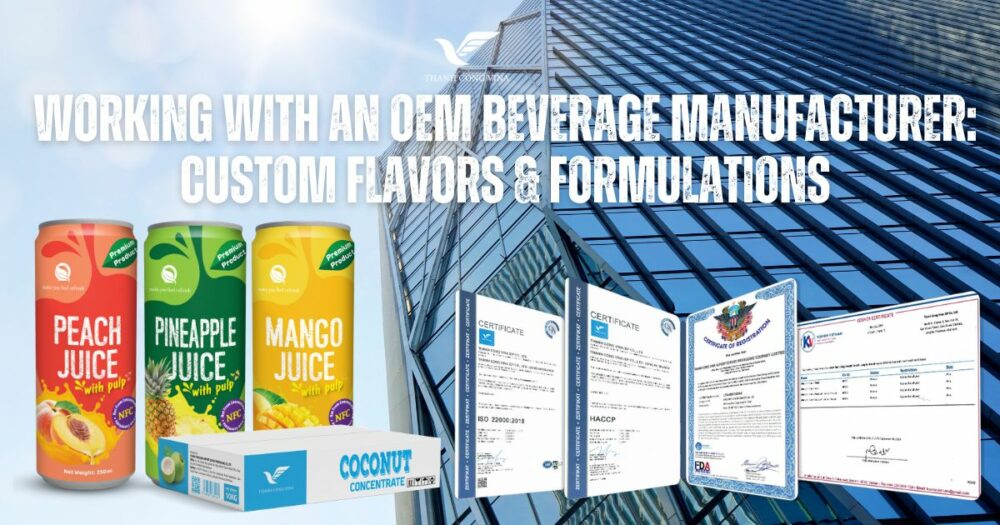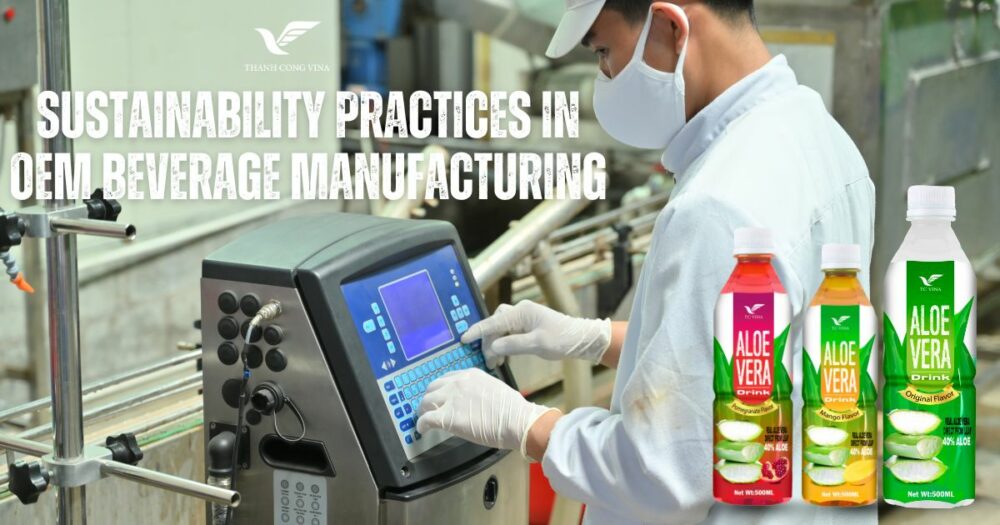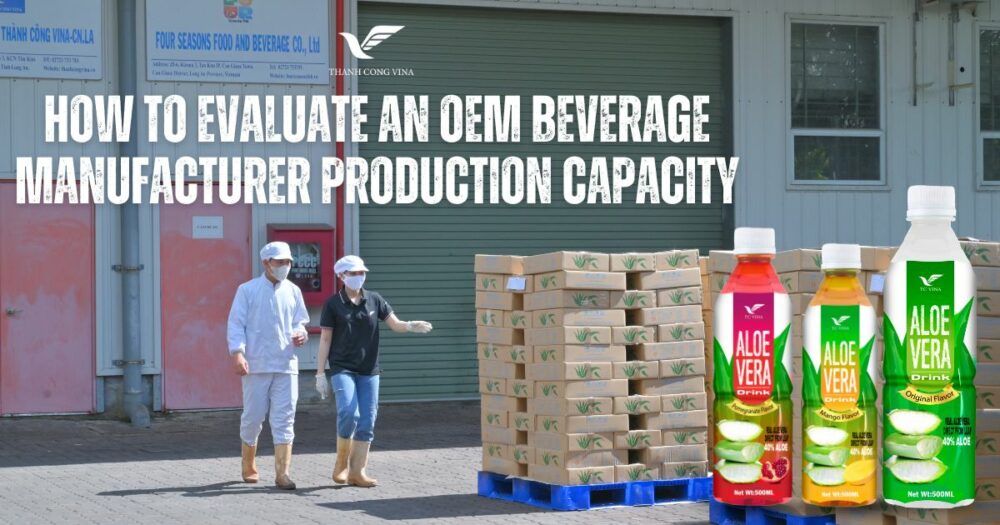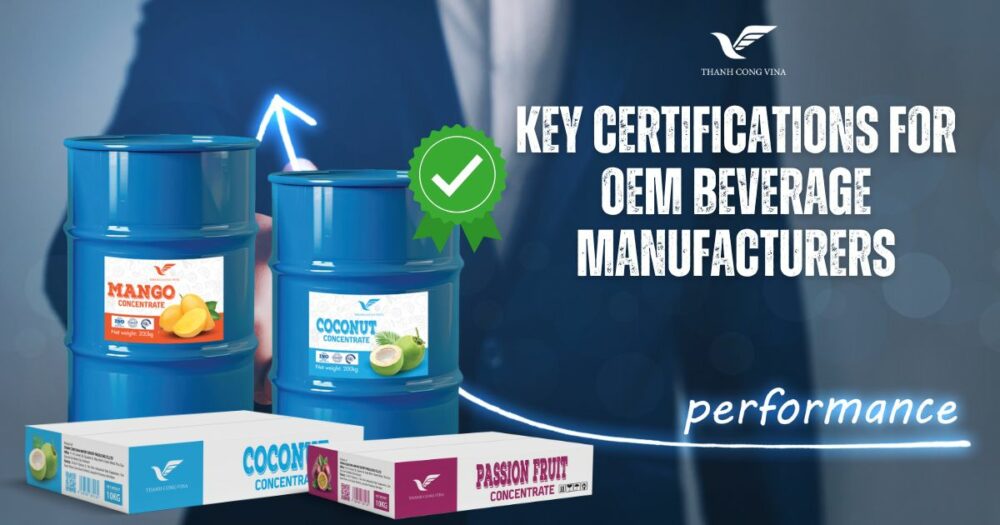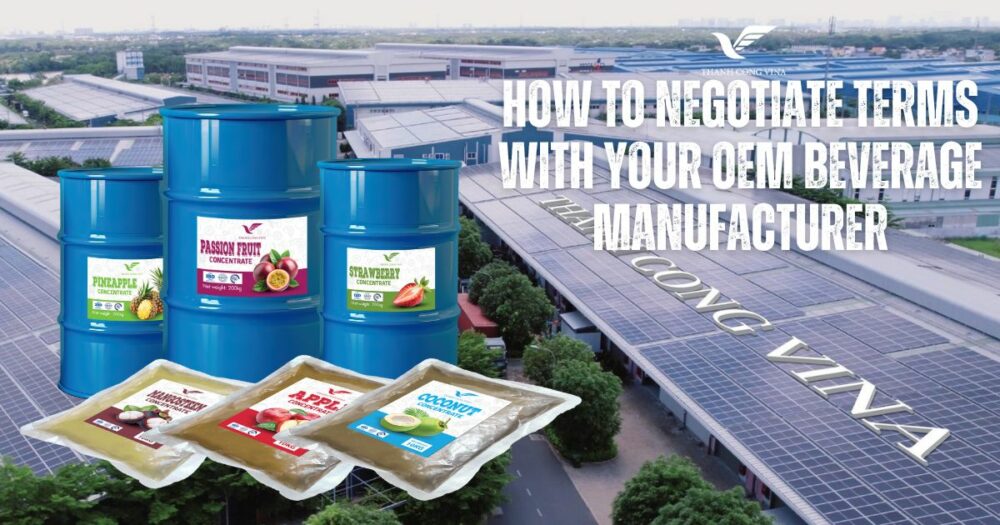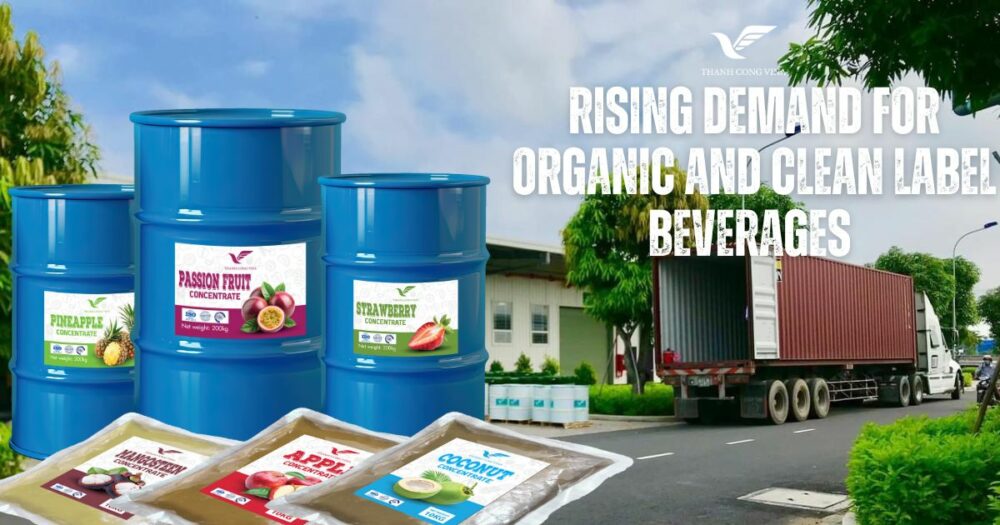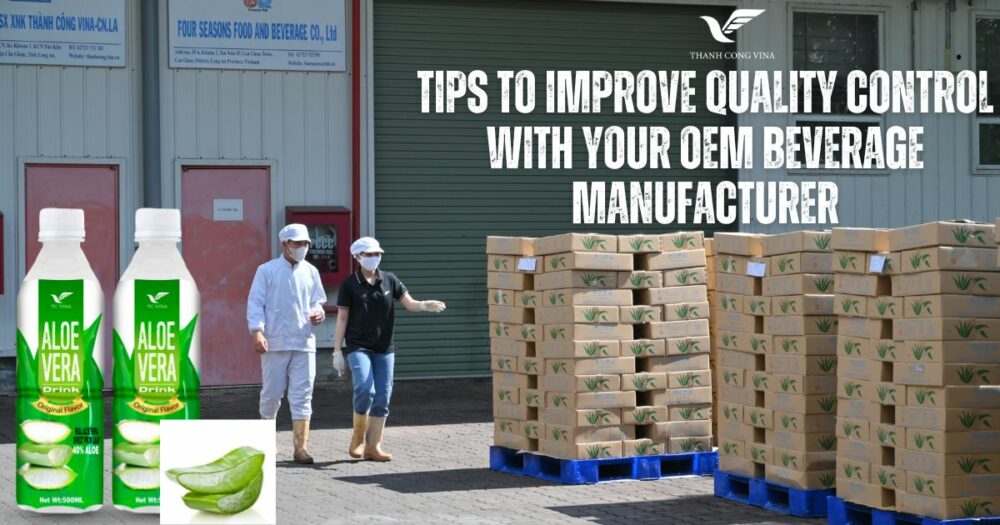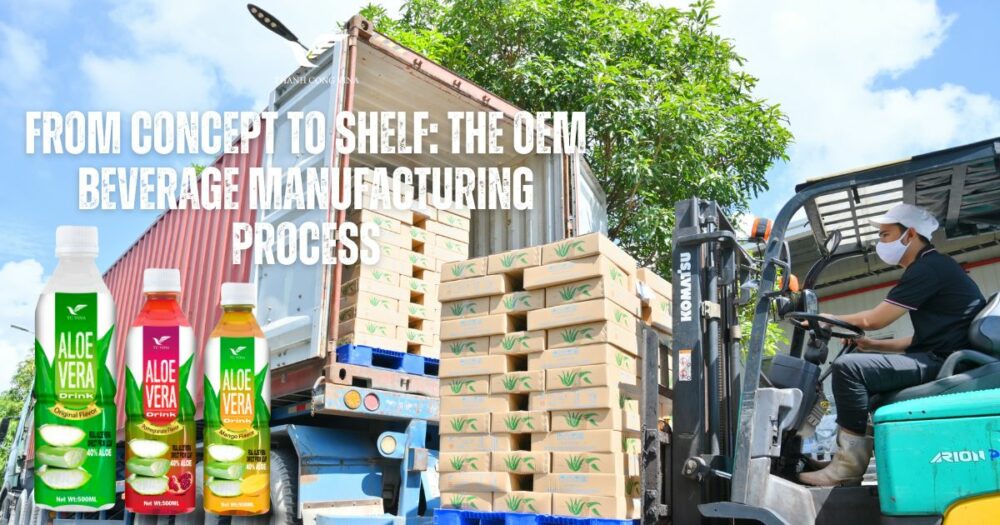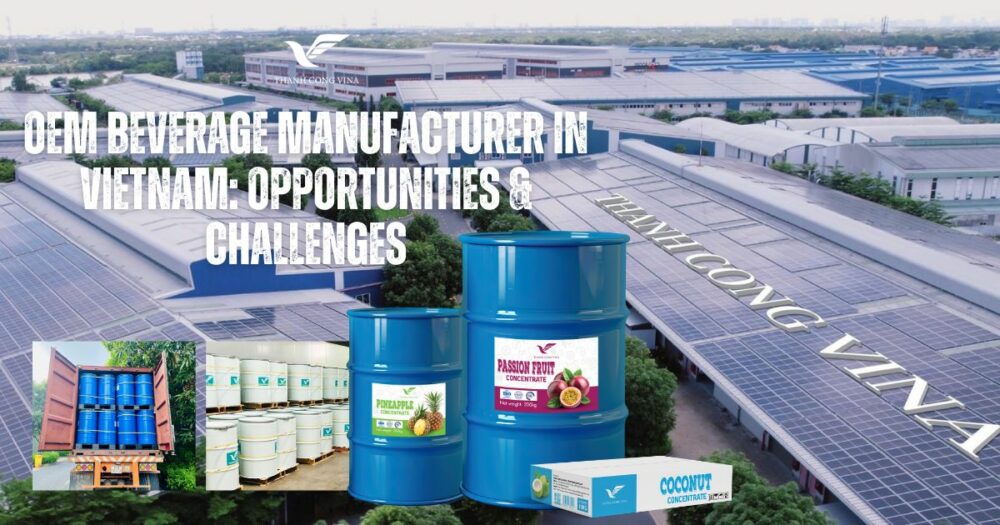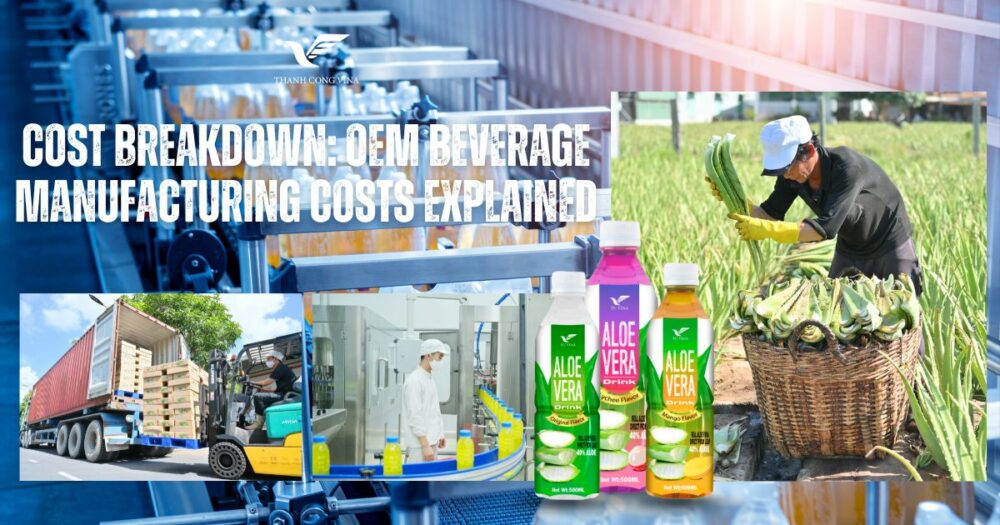Partnering with an OEM beverage manufacturer allows brands to scale quickly, reduce operational challenges, and launch winning products without building expensive production facilities. However, supply chain risks remain one of the most critical barriers to consistency, cost control, and long-term business success—especially in the beverage industry where ingredients are perishable, demand fluctuates seasonally, and regulations differ from market to market.
From ingredient sourcing and international logistics to packaging supply and compliance documentation, every touchpoint must be optimized to prevent delays, quality issues, or brand-damaging recalls. This is why beverage businesses need a proactive supply chain risk management strategy built on transparency, data-driven forecasting, contingency planning, and strong collaboration with trusted OEM partners.
Dried Fruits: Benefits and Applications in Daily Life
1. Understanding the Main Supply Chain Risks in OEM Beverage Partnerships
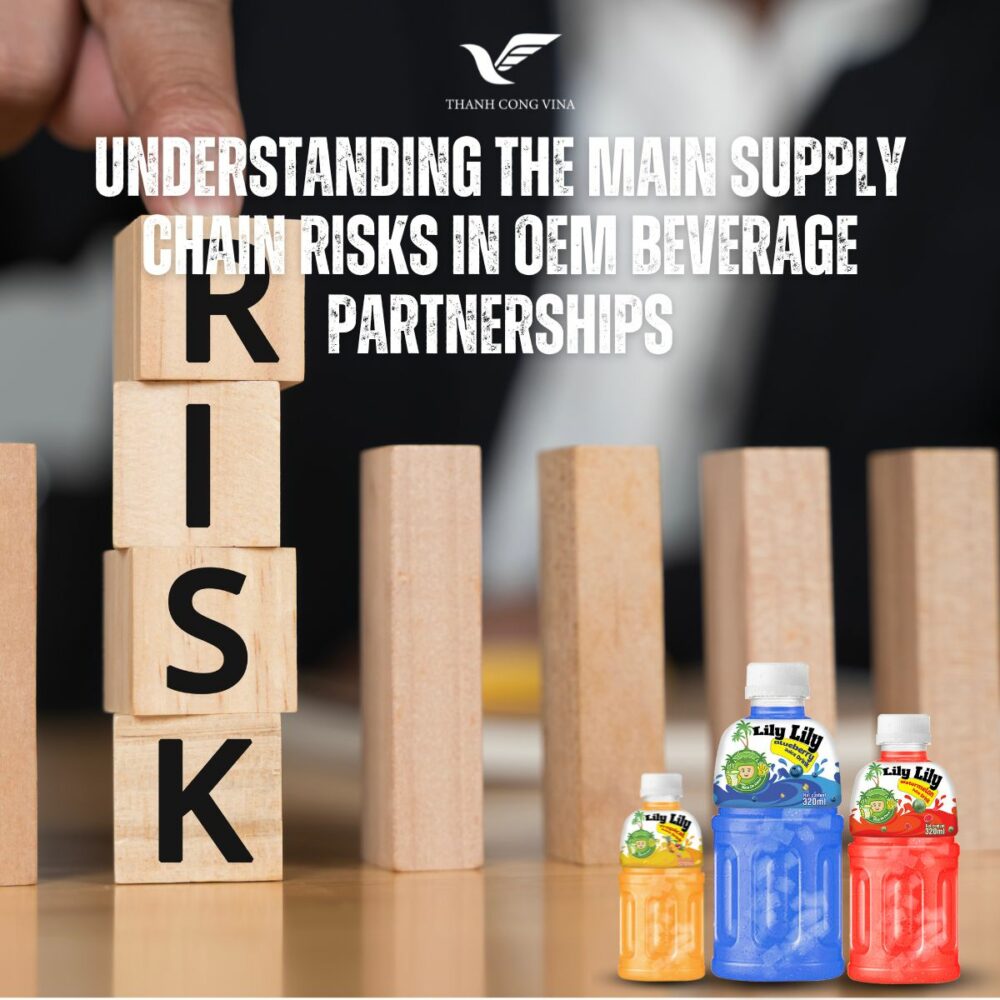
Understanding the Main Supply Chain Risks in OEM Beverage Partnerships
Before solving supply chain problems, brands must understand where risks originate. The beverage supply chain tends to be highly complex due to multiple interdependent components:
1.1 Ingredient Availability and Agricultural Risks
Beverage recipes often contain fruit, grains, sweeteners, or botanical extracts dependent on farming cycles. Weather disruptions, pests, or environmental regulations can impact raw material volumes and pricing. Brands relying on rare or seasonal ingredients are especially vulnerable.
1.2 Packaging Supply Challenges
PET bottles, cans, closures, shrink labels, and cartons rely on materials like aluminum and plastics that are affected by global commodity volatility. Packaging shortages can halt production even if ingredients are ready.
1.3 Quality and Food Safety Compliance
Risks emerge when suppliers lack full traceability or certification standards. Any deviation may lead to failed inspections, import rejections, or costly product recalls.
1.4 Logistics, International Shipping, and Customs
OEM beverage brands exporting globally face regulatory variance, customs delays, and unpredictable freight costs. Long transit routes add spoilage risks if cold-chain conditions are not well managed.
1.5 Demand Volatility and Forecast Inaccuracy
Beverage consumption is impacted by trends, holidays, and competition. Sudden surges cause shortages, while declines result in extra inventory or expired goods.
1.6 Financial and Geopolitical Risks
Currency instability, trade disputes, or manufacturing shutdowns (e.g., pandemics) can disrupt upstream dependencies.
It is essential to identify which of these risks have the greatest potential impact on your beverage business and choose an OEM beverage partner who already has mitigation expertise embedded into their operating systems.
2. Choosing the Right OEM Beverage Partner to Reduce Risk
The level of supply chain risk a business faces is influenced heavily by the capabilities of its OEM partner. Here are core evaluation factors:
2.1 Proven Operational Stability
Manufacturers with a long-term track record in beverages demonstrate resilience in global market fluctuations. Review:
-
Years in manufacturing
-
Export history
-
Customer diversification
-
Financial soundness
2.2 Vertical Integration
Some OEM partners manage ingredient processing, packaging procurement, filling, and logistics internally. The more control they have, the fewer external weaknesses exist.
Vertical integration reduces:
-
Supplier delays
-
Dependency risks
-
Quality variability
2.3 Certifications and Safety Standards
Ensure compliance with recognized benchmark certifications:
-
HACCP
-
ISO
-
GMP
-
HALAL / KOSHER (depending on target markets)
-
FDA approval for products entering the U.S.
This demonstrates systemic quality control rather than reactive correction.
2.4 Transparency and Digital Traceability
Choose partners who use ERP systems, batch tracking software, and secure document sharing. Information delays often magnify disruption impacts.
2.5 Export-Ready Documentation and Market Knowledge
A strong OEM partner anticipates regulatory requirements and provides complete data for labeling, customs, and shelf-life compliance.
Brands must not view OEM beverage suppliers merely as contractors but as strategic allies capable of protecting supply chain stability.
3. Strengthening Supplier Relationships and Collaboration
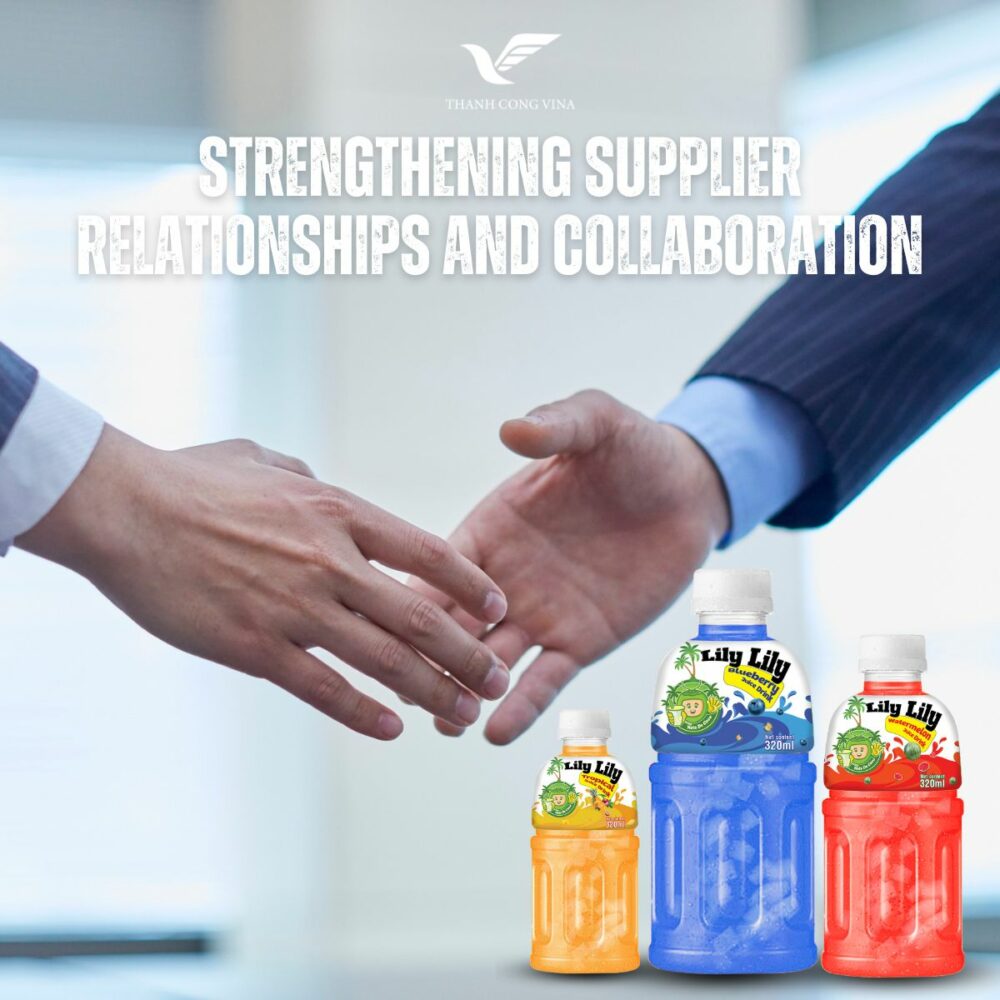
Strengthening Supplier Relationships and Collaboration
Supply chain resilience grows when communication does.
3.1 Frequent Data Sharing
Transparent forecasts and market updates help manufacturers plan ingredient and packaging orders ahead of demand shifts.
Key shared data includes:
-
Sales projections per SKU
-
Seasonal launch schedules
-
Promotion timelines
-
Safety stock plans
3.2 Clear Roles and Responsibilities
Brands must define obligations early:
-
Who manages shipping?
-
Who sources packaging?
-
Who controls safety stock?
-
Who prepares regulatory documents?
These prevent conflict when issues arise.
3.3 Performance Review Sessions
Collaborate using KPI structures such as:
-
On-time delivery rate
-
Fill rate accuracy
-
Reject percentages
-
Forecast error rate
Keep improvements measurable—not emotional.
3.4 Building Trust for Long-Term Gains
Priority allocation during supply constraints is often given to trusted, consistent customers with strong partnership behavior.
Mutual success is the greatest form of risk mitigation. Invest time, not just money, into your OEM beverage partnerships.
4. Inventory Strategies and Production Planning to Reduce Disruptions
Smart inventory planning is crucial to avoid out-of-stock or overstock risks.
4.1 Safety Stock Strategy
Identify critical raw materials and ensure minimum stock is available:
| Item Type | Recommended Approach |
|---|---|
| Long lead-time materials | Maintain safety stock at OEM factory |
| Seasonal ingredients | Secure a harvest-based purchase contract |
| Packaging | Multiple format back-up options |
4.2 Forecasting and Demand Modelling
Use analytics tools to track and respond to:
-
Seasonal spikes
-
Trending flavors
-
Retail buyer forecasts
-
Digital marketing campaign impact
Better forecasts → fewer urgent changes → lower cost.
4.3 Flexible Production Scheduling
Build contingency:
-
Secondary production lines
-
Priority manufacturing slots during peak demand
-
Approval for emergency schedule changes
4.4 Reduce Dependence on Single Packaging Formats
If aluminum becomes scarce or expensive, PET or glass alternatives ensure the supply chain keeps running.
Inventory planning is not only about cost efficiency—it is a resilience strategy that allows uninterrupted product flow.
5. Enhancing Logistics and Distribution Risk Management
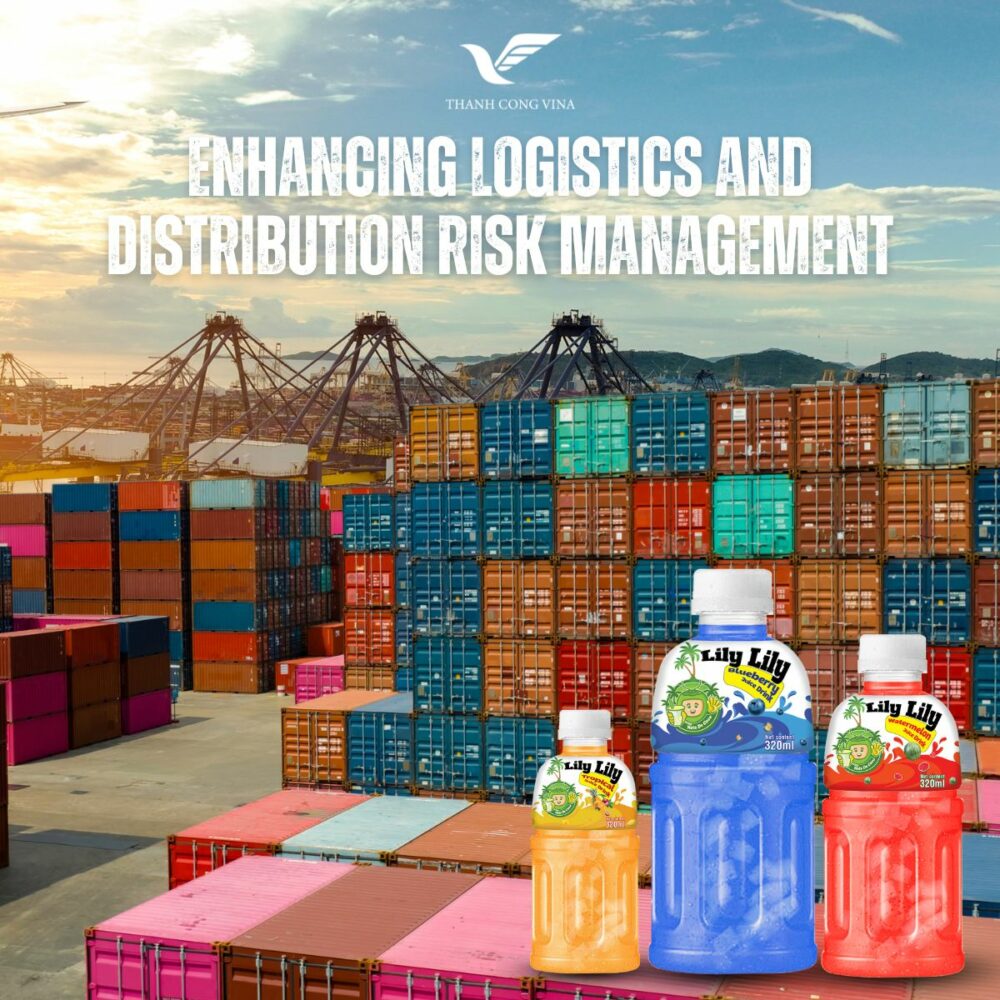
Enhancing Logistics and Distribution Risk Management
Even after production, the journey from factory to market carries major uncertainty.
5.1 Choose Reliable Freight Partners
OEM beverage producers with long-term logistics relationships can secure space even during global disruptions.
5.2 Optimize Shipment Conditions
For sensitive beverages, use:
-
Temperature-controlled storage
-
Real-time container monitoring
-
Humidity and vibration tracking
Maintaining product integrity protects your brand from costly spoilage claims.
5.3 Diversify Ports and Transportation Modes
Avoid bottlenecks by designing routing flexibility:
| Scenario | Mitigation |
|---|---|
| Port lockdown | Switch to alternative gateway |
| Fuel pricing surge | Use multimodal options |
| Customs delays | Select free-trade zones |
5.4 Regulatory & Customs Expertise
Documentation failures lead to missed retail windows. A strong OEM partner supports:
-
Free sale certificates
-
Origin certification
-
Label compliance review
-
Nutrition & safety documentation
Reliable logistics protect both short-term deliveries and long-term retailer relationships.
6. Quality Control as a Proactive Supply Chain Defense
Quality control is more than a safety requirement—it minimizes hidden risks.
6.1 Testing from Farm to Finished Product
A strong OEM beverage partner will require batch analysis for:
-
Microbiology
-
Heavy metals
-
Pesticide limits
-
Nutrient validation
-
Shelf-life stability
Testing reduces downstream legal and recall threats.
6.2 Packaging Quality Verification
Cans, caps, bottles, and seals must undergo stress testing to avoid:
-
Leakage in transit
-
Gas retention issues (for carbonated beverages)
-
Label fading or detachment
6.3 Supplier Traceability Audit
OEM factories should maintain real-time tracking:
-
Ingredient source by region and harvest batch
-
Supplier scorecards
-
Corrective action logs
6.4 Batch Recall Preparedness
Even excellent factories must be prepared for the worst-case scenario:
-
Recall simulation drills
-
Serialized product coding
-
Distribution log tracking
Quality systems turn potential disruptions into controlled, manageable events instead of crises.
7. Financial and Contractual Tools to Minimize Risk
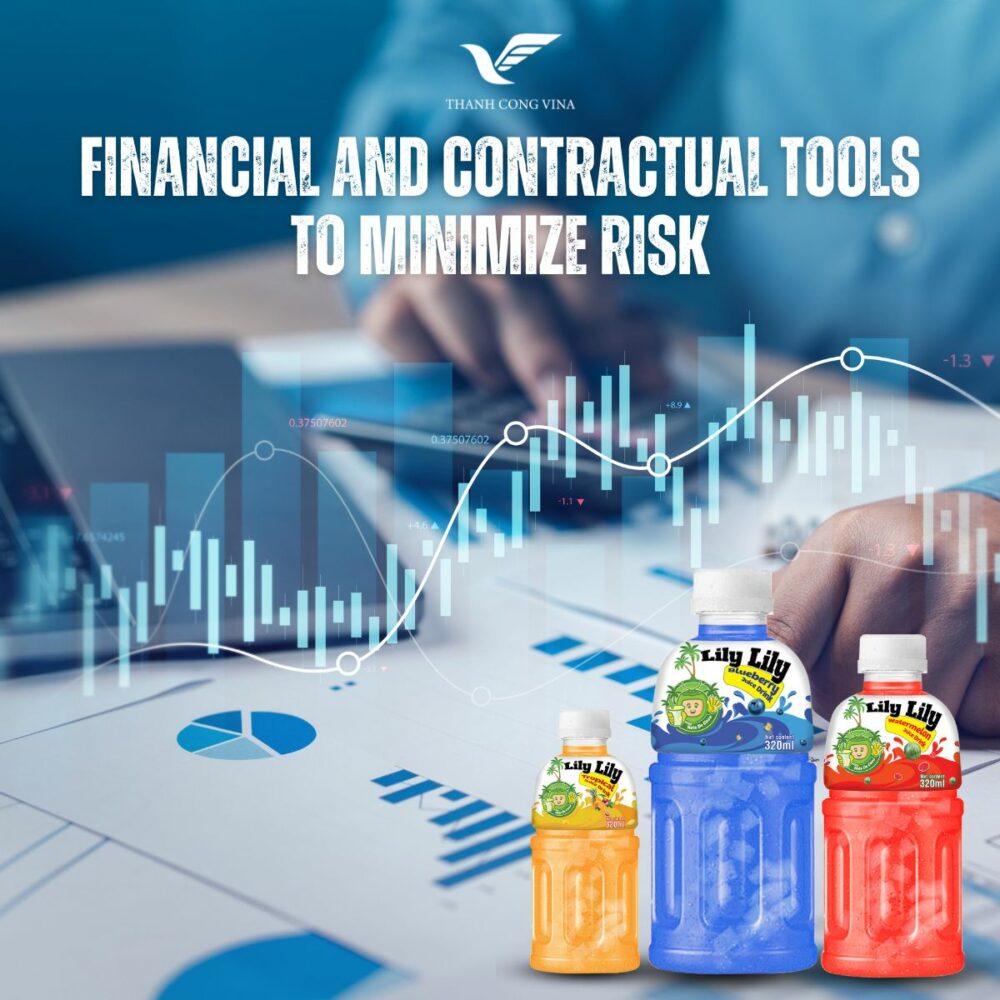
Financial and Contractual Tools to Minimize Risk
Structured contracting prevents operational disputes.
7.1 Clearly Defined Pricing Structures
Specify when price increases are permitted:
-
Commodity cost thresholds
-
Exchange rate volatility
-
Supplier price fluctuation limits
7.2 Performance-Based Penalties and Incentives
Motivating reliability through:
-
Late delivery penalties
-
Quality bonus multipliers
-
Shelf-life performance rewards
7.3 Multi-Year Agreements
Long-term contracts create predictability for both sides:
-
Better ingredient purchasing power
-
Priority during high-demand periods
7.4 Insurance and Risk Transfer
Options include:
-
Cargo insurance
-
Product liability insurance
-
Business interruption insurance
A solid business agreement reduces uncertainty and creates commercial fairness.
Conclusion
Managing supply chain risks is essential for any brand working with an OEM beverage partner. By prioritizing transparency, forecasting accuracy, diversified sourcing, strong logistics planning, and reliable quality systems, companies can strengthen product availability and brand trust while maintaining operational efficiency. The best OEM beverage partnerships are built on a foundation of communication and shared growth goals—not transactional production alone.
For businesses seeking a global-standard OEM beverage partner capable of managing ingredient sourcing, packaging supply, safety compliance, and international shipping under one streamlined system, Thanh Cong Vina IEP CO., LTD is a trusted choice. With extensive export experience, world-class certifications, and strong supply chain resilience across multiple beverage categories, Thanh Cong Vina can help ensure that your brand stays competitive and future-ready even in changing global markets.
